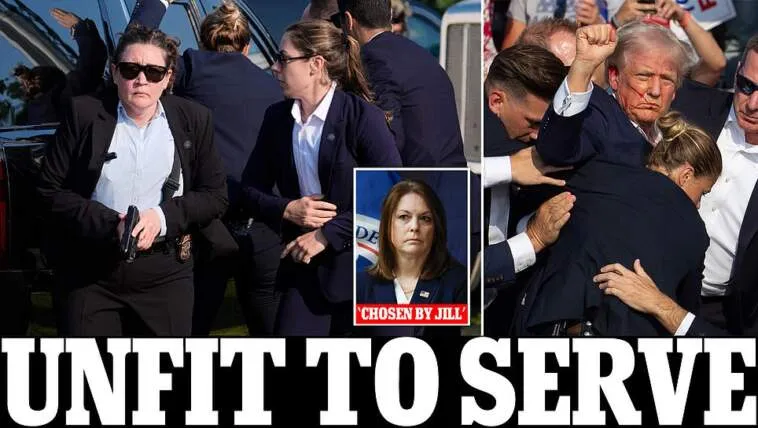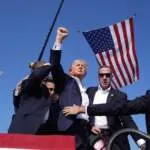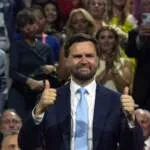(Daily Mail) It was a grey, drizzly Monday on March 30, 1981, when President Reagan emerged from the Washington Hilton hotel, heading back to his presidential limousine parked a few yards away.
His inauguration had been only a few weeks before and he’d just finished speaking at a lunch of US labor union leaders.
Along with the rest of the White House press corps I was about 20 feet away, roped off from the President. Suddenly, just as one of our number shouted a question for him, shots rang out.
In a split second, a burly Secret Service agent brusquely bundled Reagan into the limo, another pushed his colleague hard to ensure both he and the President were flat on the back seat.
The limo was surrounded by agents, guns drawn, the would-be assassin wrestled to the ground by the public as well as law enforcement. Reagan’s vehicle sped off.

Along with the rest of the White House press corps Andrew Neil was about 20 feet away, roped off from the President. Suddenly, just as one of our number shouted a question for him, shots rang out.

In a split second, a burly Secret Service agent brusquely bundled Reagan into the limo, another pushed his colleague hard to ensure both he and the President were flat on the back seat.
Within four minutes it was at George Washington Hospital, even though, not initially realizing the President had been hit (a bullet had entered his rib cage), the Secret Service had at first started out for the White House.
Now consider what happened when Donald Trump was shot on Saturday night.
The initial response was by the book. Brave agents piled on him to protect him from further bullets. They kept him down until they were told the shooter had been killed.
But they had no idea if others shooters were involved and, as they escorted him off the podium, they left him badly exposed, partly because some of the agents were not tall enough to give him proper cover.
If there had been a second shooter they would have had a clear line of sight as Trump fist-pumped the air.
There was even more chaos by the time they reached Trump’s SUV. Far from the efficient, speedy exit all those years ago outside the Washington Hilton, it took too long to get him in the vehicle and even longer for it to depart.
Agents were darting about, some running in circles, clearly not sure what to do. One, overweight and looking panicked, pointed her gun all over the place. Another had trouble holstering her pistol. A third found time to put on her sunglasses and straighten her jacket.
Perhaps it was just a coincidence – but when Trump entered the Republican National Convention hall in Milwaukee on Monday night, his security detail was made up almost exclusively of tall, chunky men.
The Secret Service endlessly game-plans and practises evacuations. ‘Get him and go’ is the simple guidance. The Secret Service likes to regard itself as the global gold standard for the protection of public figures. Not after Saturday night.
But what happened after Trump was shot is the least of its problems.
How the shooter ever managed to get any shots off in the first place has the makings of the biggest crisis of modern times for the Secret Service.
Security experts are still baffled that a roof top overlooking the presidential podium, just over a football-field away and with an elevated, unobstructed view of Trump, could have been left unguarded so that the shooter could make it on to the roof and then, unhindered, position himself for his assassination attempt.
The Secret Service has yet to offer a credible explanation for this. Instead its director, Kimberly Cheatle, incredibly appeared to tell ACB News on Tuesday that health and safety protocol was to blame.
‘That building in particular has a sloped roof at its highest point. And so, you know, there’s a safety factor that would be considered there that we wouldn’t want to put somebody up on a sloped roof,’ she said.







